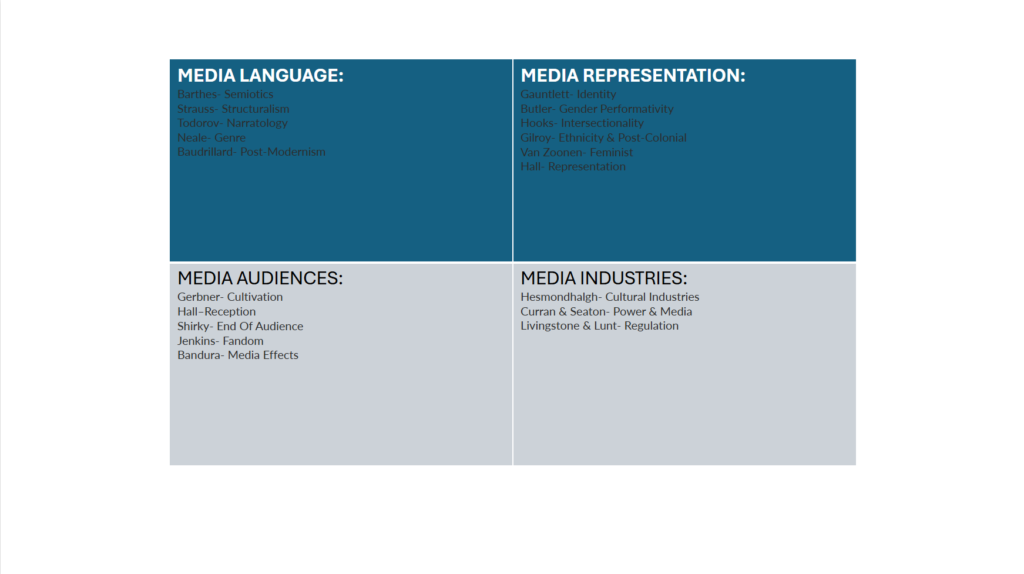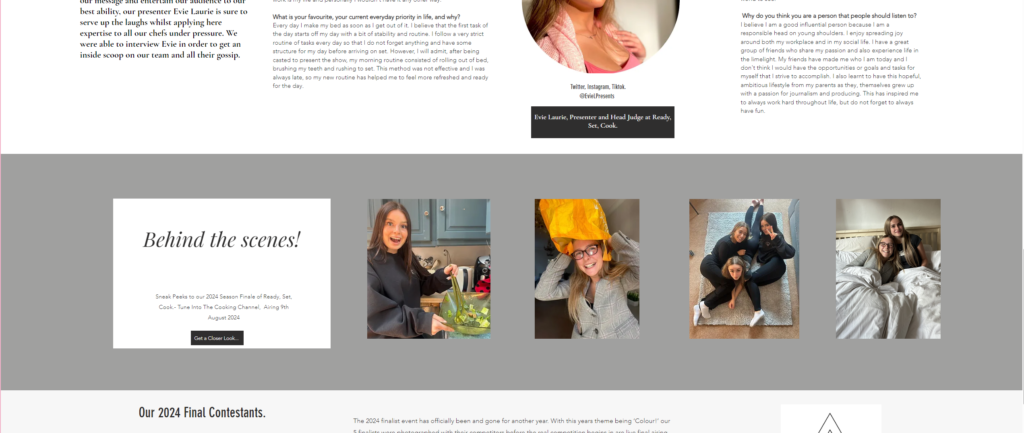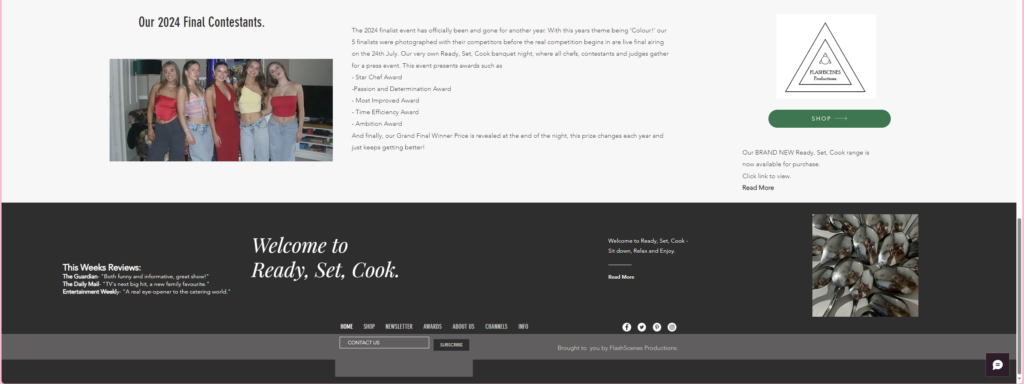Active Audience- when an audience is engaging, interpreting, and responding to media messages and are able to question the message.
- EXAMPLE: when you walk out of a film and say “Wow, the action was great in that film!” An active audience will look deeper into how the film is constructed.
Passive Audience- An audience that is exposed to media/marketing material but doesn’t actively engage with the content or messaging.
- EXAMPLE: They’re just observing. They’re surfing the Internet, scrolling along until something catches their attention.
Explain how Bandura’s view of media audiences is essentially different to that held by Shirky and Jenkins.
Shirky argues that audiences are no longer passive due to the way social media operates. Technology has changed our behaviour; instead of just consuming media passively, we also contribute to it. In his argument, no audience is passive. He created the ‘Media Effects’ theory which focuses on the idea that the media can directly ‘implant’ ideas into the mind of audiences. He also believed that audiences acquire attitudes, emotional responses and new styles of conduct through modelling.
Why, According to the news report do investors like the Video Games Industry so much?
The gaming industry is one of the most exciting industries in tech because of its importance to culture, entertainment and technological advancement.
What are E Sports?
A multiplayer video game played competitively for spectators, typically by professional gamers. E sports, short for electronic sports, is a specialized subset of gaming that centres around organized, competitive gameplay. It’s more than just playing games; it’s about mastery and competition.
How is new digital media technology changing the way that video games are accessed by consumers?
Traditionally, consumers have played on consoles or PCs, but now, the percentage of time spent gaming on mobile devices has eclipsed these more traditional gaming platforms according to our survey. Overall, the shifts in video gaming by platform indicate that more time is being spent gaming.
What does FPS and MMORP stand for?
MMPORP- massively multiplayer online role-playing game.
FPS- Frames Per Second, is a measure of the rate at which a computer video game can produce and render frames.
Stanley Cohen coined the original term Moral Panic in his book “Folk Devils and Moral Panics”.
The term refers to Goode and Nehuda (1994) Identify 5 key features of a moral panic:
•Concern
•Hostility
•Consensus
•Disproportionality
•Volatility
In “Moral Panics: The Social Construction of Deviance” (2009), Goode and Nehuda suggested moral panics are defined by at least five crucial elements:
Apply the above to any of the video game case studies featured.
In “Moral Panics: The Social Construction of Deviance” (2009), Goode and Nehuda suggested moral panics are defined by at least five crucial elements:
Lanza’s descent to madness and murder: Sandy Hook shooter notched up 83,000 online kills including 22,000 ‘head shots’ using violent games to train himself for his massacre
This is implying that violent video games, influences human minds to have violent and unethical thoughts and desires towards society.
How does the work of the Video Standards Council (explained above) connect with the Ideas of Livingstone and Lunt on the need for Media Regulation?
















